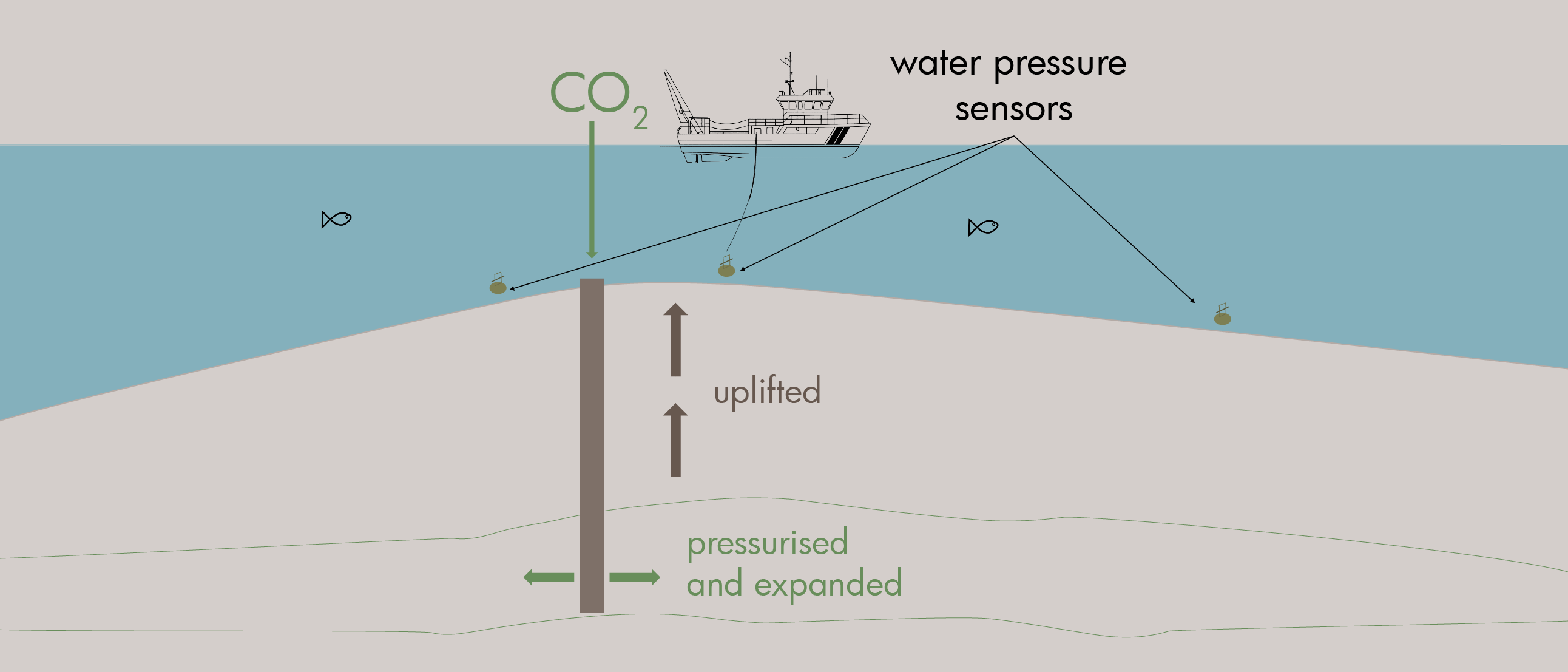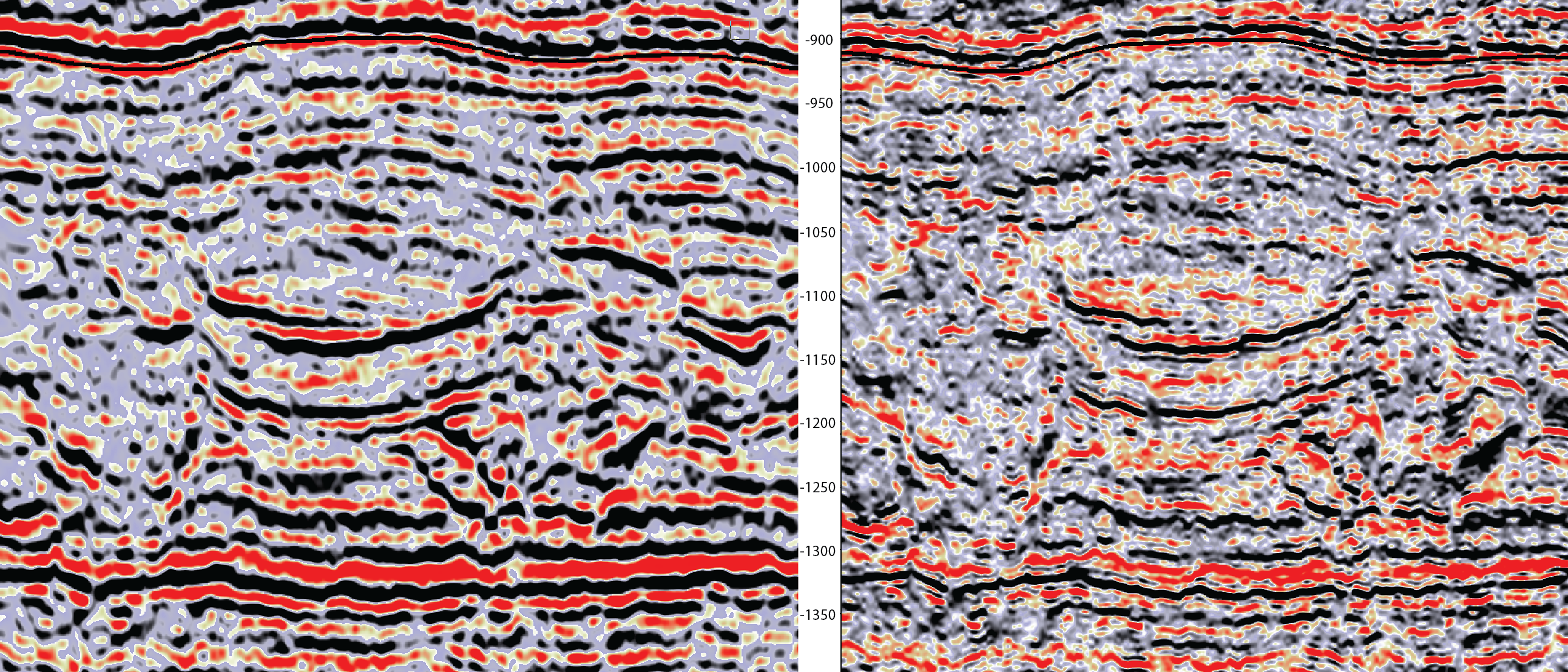There are quite a few Carbon Capture and Storage (CCS) sites on a global basis. Why has it not happened in the UK yet?
The map below shows the operational CCUS sites worldwide as of end of year 2020; note the U refers to Utilisation as in the USA the majority of injected CO2 is for Enhanced Oil Recovery (EOR). It is also good to be aware that not all the ‘dots’ correspond to injection or storage sites; some are tests of capture equipment.

Texas
The first CO2 EOR project started in the Permian Basin of West Texas in 1972. Under reservoir conditions, CO2 is a hugely different fluid to that at surface conditions and it readily becomes miscible, i.e. a single-phase mixture. Over 2 billion barrels of increment oil has been produced since the 1970s. About 50% of the injected CO2 remains ‘trapped’ in small pore throats or dissolved in the reservoir brine, but some of it will be co-produced together with the oil. Most operators will extract the CO2 produced with the oil and re-inject on further cycles as it’s an expensive commodity in their operations.
As the map shows, there are more ‘dots’ in the US than anywhere else; in most of these EOR projects the CO2 often comes from underground sources of high purity. That said, there are ‘pure’ storage projects underway in the US and Canada as well as other countries around the world.
Attend Steve Furnival’s technical masterclass on The Challenge of CCS in a NetZero World at this week’s Devex Conference. The lecture will be delivered between 18.00 and 19.00 GMT on Tuesday 7th June. Register for the conference here.
Norway
CO2 injection purely for storage began in Norway in 1996 when Statoil, now Equinor, started injection into the Utsira saline aquifer that overlies the Sleipner gas field. The Sleipner gas contains 5-10% CO2, too much for the European gas grid so it had to be removed using ‘standard’ amine (chemical absorbent) technology. But given that the Norwegian government introduced a tax on offshore CO2 emissions in 1991, rather than pay the tax, Statoil drilled a horizontal well into the Utsira and started injecting at around 1 Mt/yr [52 MMscf/d or 1.5 Msm3/d]. The resulting 4D seismic is shown in the figure below.

It’s not for want of trying.
Now, look at the map above again, focusing on the UK; how many dots can you see? The answer, disappointingly, is zero! And it’s not for want of trying.
BP were first to try in 2005-2007 with DF1 (Decarbonised Fuel-1) being a Pre-combustion or Methane-to-Hydrogen power plant at Peterhead with the CO2 sent to the Miller field; BP thought they had agreed financial support from the UK government – they did not.
Next, came the first CCS competition in 2010-11. Two projects bid for UK government funding, those being Grangemouth/Goldeneye and Kingsnorth/Hewett; guess what happened? Yes, it did not materialise. OK, third time lucky, the second UK government CCS competition in 2013-15. Eight companies, whittled down to four and then again to two, those being Peterhead/Goldeneye and White Rose/Endurance; this time we will not even ask the question. It might be worth noting that the bulk of the funding for the 42/25d-3 appraisal well drilled by National Grid in the Endurance saline aquifer came from the European Union.
No blame is attached to the technical and commercial specialists in the DTI, or DECC, or whatever they are called today; these were decisions made by government ministers of all political persuasions.
Trying to be fair to government ministers, which is not easy, they are custodians of the public purse and one can only guess at the newspaper headlines if 100s Millions or even Billions of pounds of ‘subsidy’ had been given to ‘big oil’. It is to be hoped that Contracts for Difference, CfDs, will be the appropriate commercial vehicle for projects to come of which there several, Teesside Net Zero, Acorn, HyNet and others; let us hope the UK can finally join the party along with Northern Lights in Norway.
STEVE FURNIVAL





